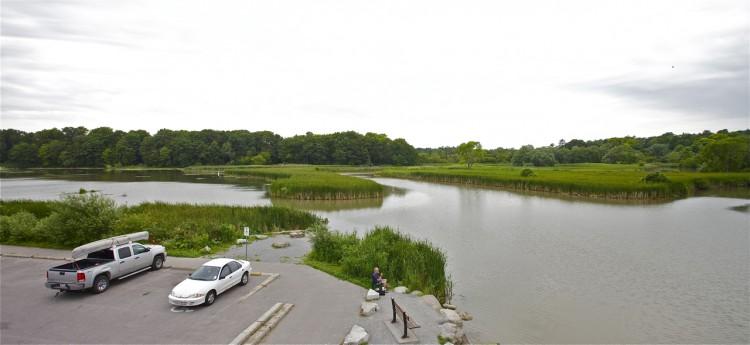Rouge Park, a massive oasis some 47 square kilometres of natural land inside the Greater Toronto Area, is slowly being turned into Rouge National Urban Park.
According to Parks Canada’s latest announcement, public landholders will be combining their efforts to recommend park boundaries and subsequent land transfers.
Environment Minister Peter Kent said the government was proud of the “outstanding collaboration” that has led toward creating the new park.






